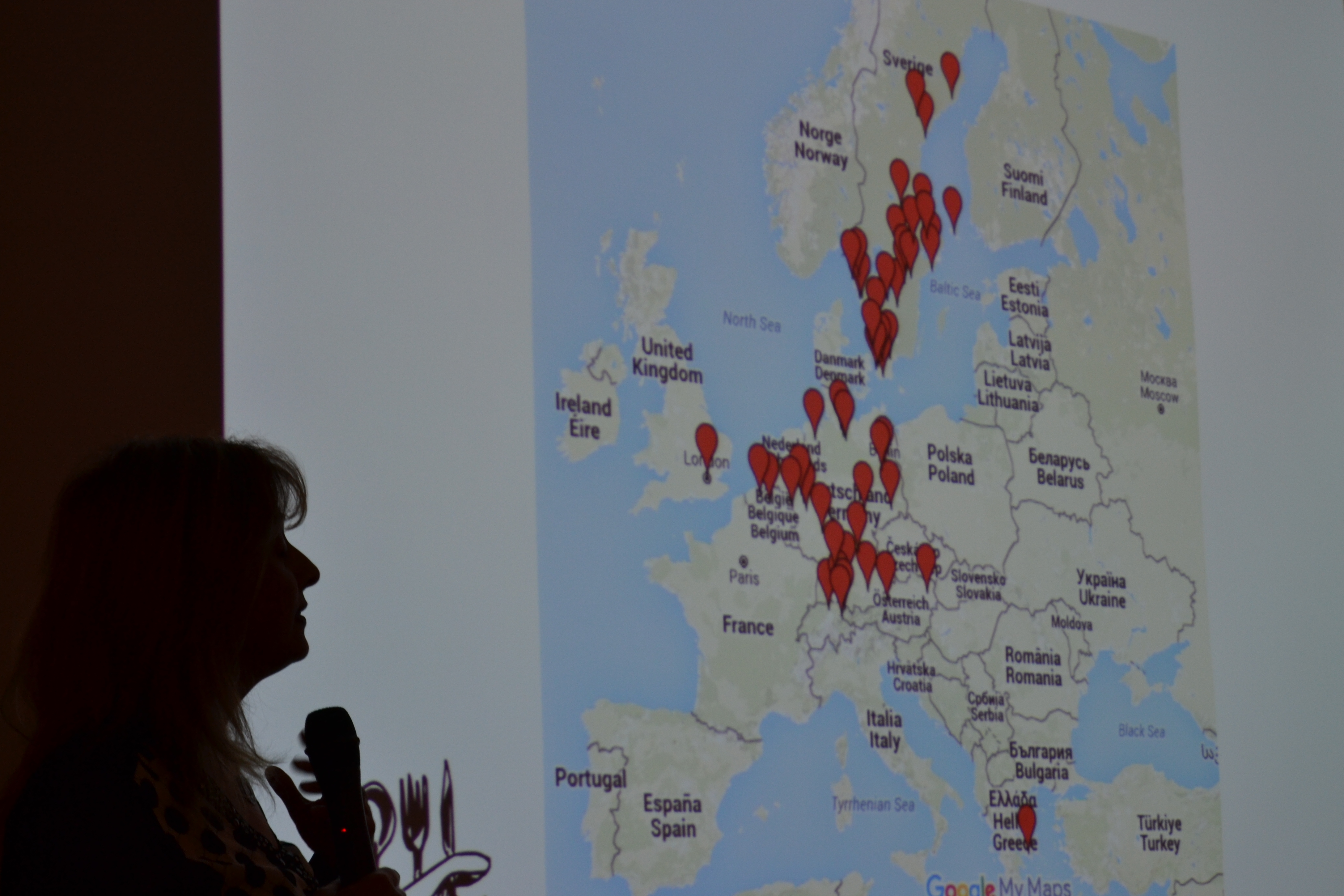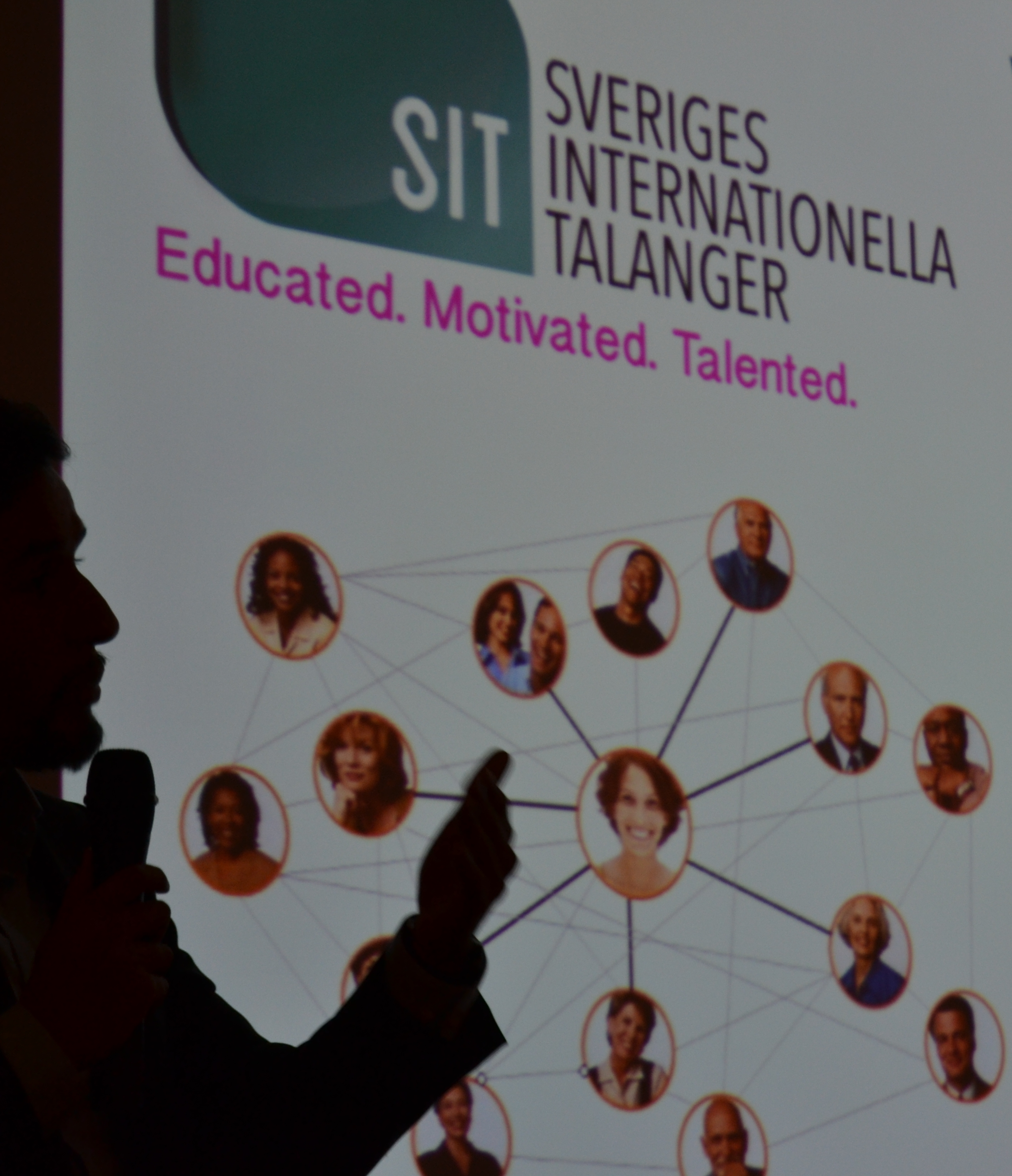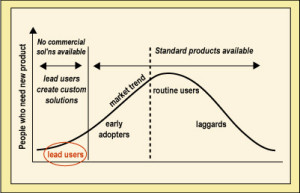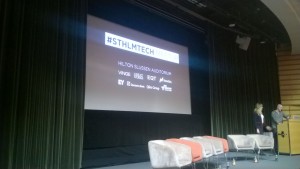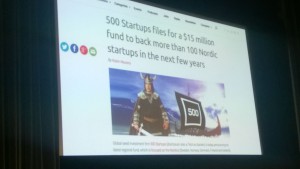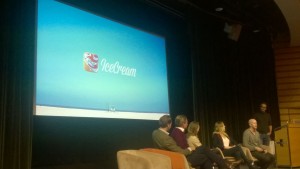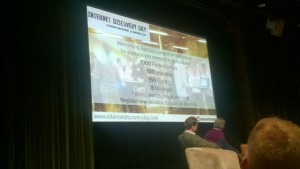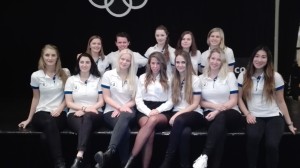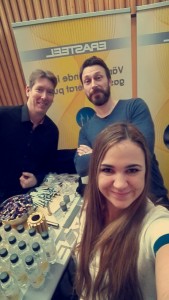Last 26th of November, six of us decided to go to an event about Integration and Entrepreneurship and we thought it would be interesting sharing our experience with you. The event was organized by Stockholm+Acumen together with Impact HUB Stockholm, and it’s main goal was to bring together social entrepreneurs, social innovators and supporters to discuss problems and solutions in the area of integration and entrepreneurship. Acumen raises charitable donations to invest in companies, leaders, and ideas that are changing the way the world tackles poverty. Stockholm+Acumen is a Stockholm-based volunteer-led chapter, part of a global community of changemakers, which shares the vision and supports the goals of Acumen – “to create a world beyond poverty by investing patient capital in social enterprises, emerging leaders, and breakthrough ideas.”
“Nowadays everyone is worrying about multicultural issues, however this four people that are going to present here today are actually doing something.”
During the night we could enjoy four different speakers explaining their projects or companies, of course, all related to the main topic of entrepreneurship around the main point of integration. We are going to explain briefly each of these initiatives so you can make an idea and search more about them if you find them interesting.
The first speech was about The Good Talents. In their own words, “The Good Talents is a program that tries to find young talents whose capacity and resources haven’t been made visible yet”. Through many workshops, they identify and improve the leadership and social entrepreneurship skills of the participants. The Good Talents participants develop their own business ideas that solve local challenges and these ideas are presented in a final event. This program is a great help especially for those young talents coming from families with lower income and thus a tougher background to success.
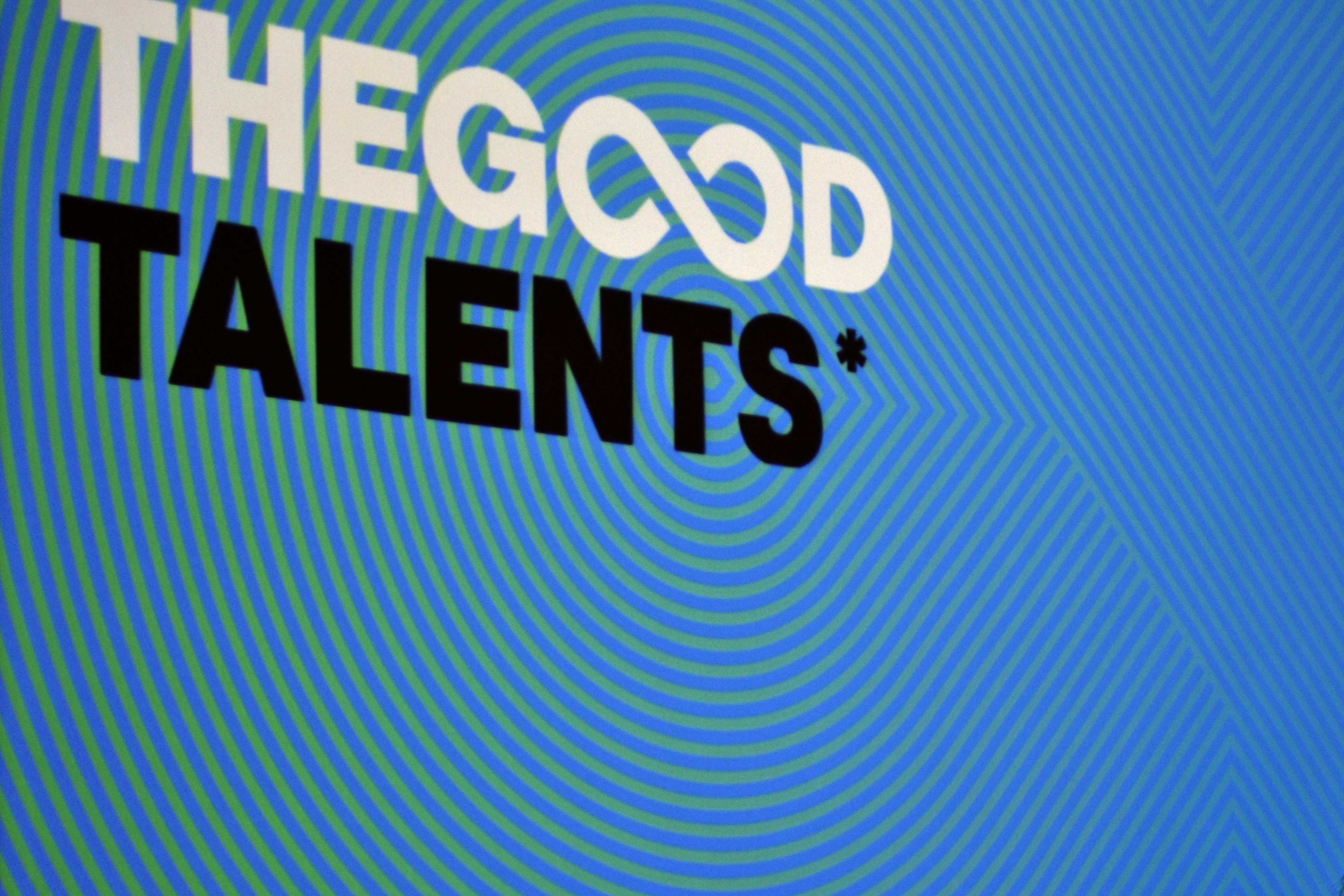
The second speaker was Lina, from Syria. She talked about Invitationsdepartementet, which is an organization that wants to make a change in people and society by connecting natives and immigrants at dinner tables. The meal is a dinner, free of charge, and in someone’s home. It is a great idea and it gives a chance to these incoming people to meet locals and practice the language. It started in January last year and it is already available in 25 cities in Sweden and around 25 cities around Europe (excluding Sweden).
Then there was the turn for Ingrid Ramberg who is part of Mångkulturella Almanackan which is an association of intercultural activities and research. The project she was presenting was the Multicultural Calendar. In this Calendar you can find marked more than 700 important events of different cultures such as the Chinese New Year, Christmas day or the jewish Rosh Hashaná. The aim of the calendar was described by Ingrid with three words: Bonding, Statement and Tool. Since it is a tool used to integrate all cultures together by the understanding of which dates are important for each culture, thus making a statement of fomenting bonding through different communities.
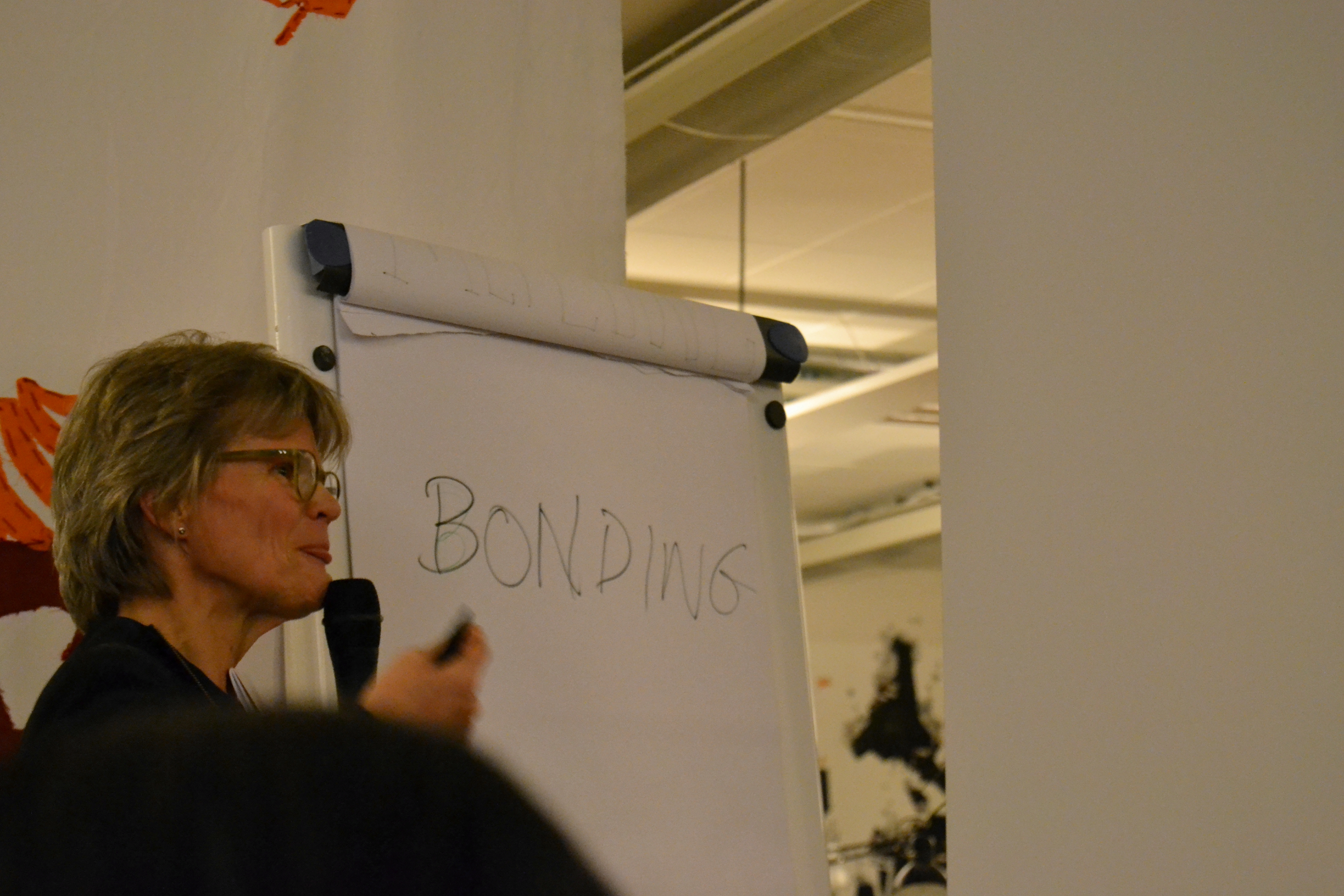
The last speaker of the evening was Carlos Salas, from Sveriges Internationella Talanger (SIT). It is a professional network established in April 2014 which currently have around 1200 members, all of them with bachelor degrees, master degrees or PhDs. They discovered that 8 out of 10 jobs are given through contacts, so as an immigrant without contacts is hard to get a job. The main goal of the organization is to build a bridge between their educated, motivated and talented members and companies that want to become innovative, globalized and culturally diverse.
Overall, it was a really positive experience. We had the chance to get to know many new ideas and projects about Social Entrepreneurship, that we never thought about. The testimonies we listened to were full of enthusiasm and hope: those people really believed on what they were working on. Entrepreneurship events are so inspirational and they always make us realize how much we can do with what we have been learning. Hopefully, in one the next event, the ones speaking about social impact innovative ideas will be one of us, from the Open & User Innovation course. We are looking forward to it.
This post was prepared by Carlos García, Blanca Martínez, Itziar Ocon, Sergio Sanz, Giovanna Vilaza and Pablo Villa; as we all went to the event and though it would be better to write just one common post rather than six different ones telling about the same experience.
